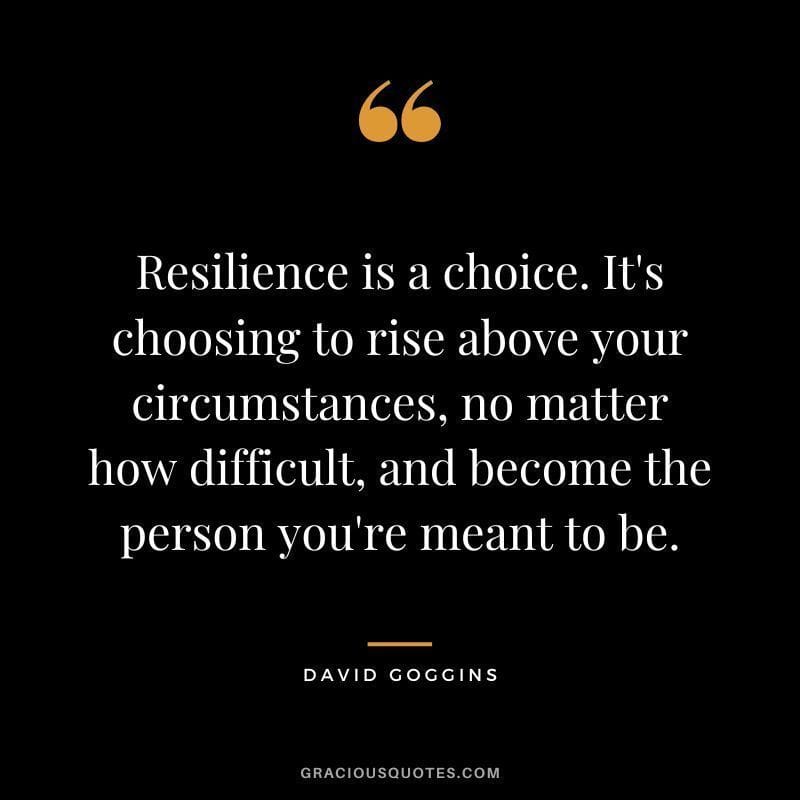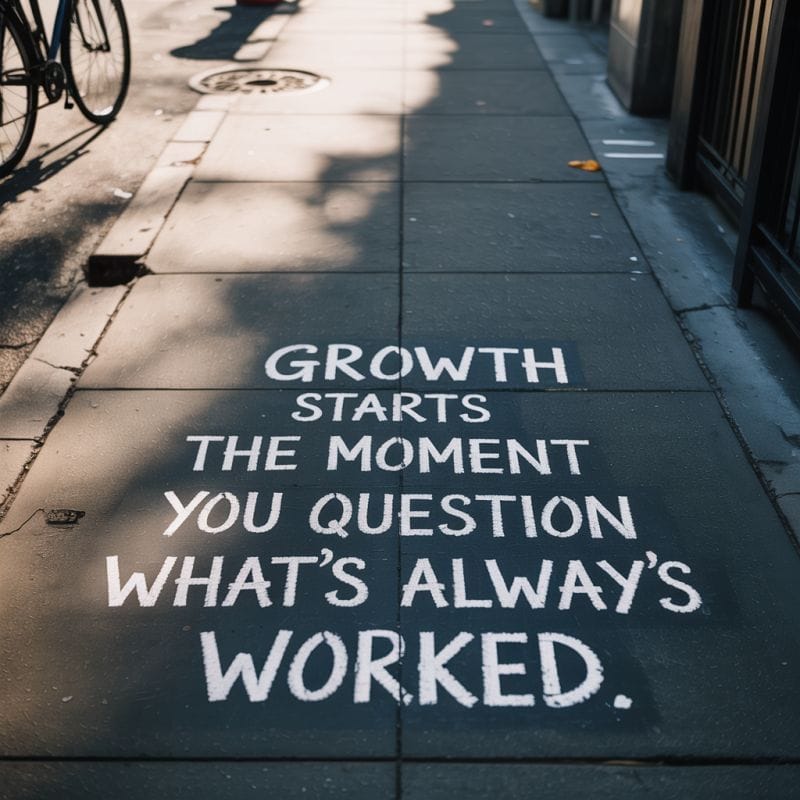Everyone Talks About Psychological Safety,
But Here is How to Make it Happen.
6 proven ways to foster psychological safety at work:
1️⃣ Encourage open communication: Actively solicit your team's feedback, opinions, and ideas. This will create a culture where everyone feels comfortable speaking up. Speak last in group settings.
↳Example: "Thank you for the presentation, Rashmi. Before I share my thoughts, I'd like to hear feedback from the rest of the team first."
2️⃣ Be inclusive: Embrace diversity and ensure all voices are heard, regardless of their role or background. By valuing everyone's input, you create a sense of belonging and encourage diverse perspectives.
↳Example: "Jill, I know you have extensive experience in customer research. We haven't heard your perspective yet. What impact do you think this change can have on client retention?"
3️⃣ Show vulnerability: Admit when you don't know something or have made a mistake. This humility sets the tone for open communication, where team members feel safe discussing their mistakes and doubts.
↳Example: If you set an incorrect timeline: "You know what team, I clearly underestimated the effort needed here. My projections on the timeline were off. Let's re-baseline basis what we've learned."
4️⃣ Establish clear expectations: Clearly define roles, responsibilities, and goals, so team members understand their part in the organization's success. This clarity helps create a safe space for them to contribute and take risks.
↳Example: "Given that we are approaching launch, Mark will lead the overall readiness and cutover plan. He will send weekly updates and coordinate with each function on their expected deliverables."
5️⃣ Foster a learning mindset: Emphasize the importance of learning from mistakes and seeing failures as part of innovation. By doing so, you create a culture where employees feel safe to experiment and invent.
↳Example: "I wanted to recognize the team's willingness to experiment, even though the feature delivered did not reduce customer contacts. Let's deep dive into the current response model and adjust it based on learnings."
6️⃣ Celebrate curiosity: Encourage team members to ask questions, challenge assumptions, and think creatively. By fostering curiosity, you unleash the team's diversity of thought.
↳Example: "Great question, Simon! I actually never thought of it from this angle of customer preferences. What next steps can we take to validate this?"
These insights are inspired by "The Fearless Organization" by Amy C. Edmondson - and brought to you by Omar's Desk.
PS: When your team feels safe being who they are, learning, contributing, and challenging the status quo to drive improvement, you know you've created a truly safe environment for them to deliver their best work.

